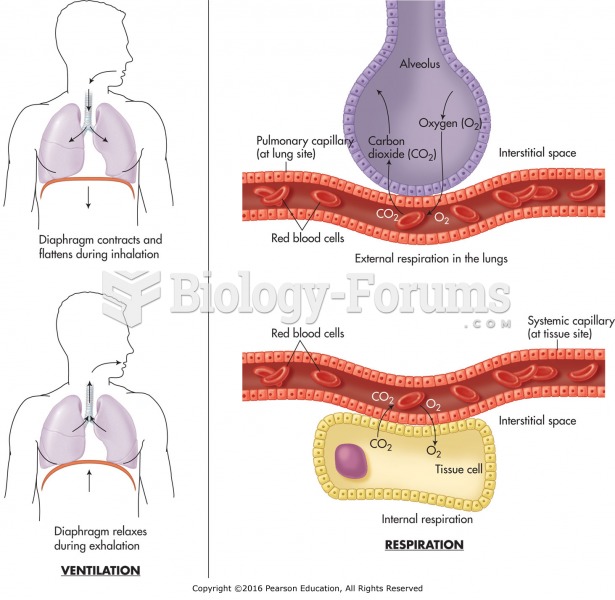|
|
|
Chronic necrotizing aspergillosis has a slowly progressive process that, unlike invasive aspergillosis, does not spread to other organ systems or the blood vessels. It most often affects middle-aged and elderly individuals, spreading to surrounding tissue in the lungs. The disease often does not respond to conventionally successful treatments, and requires individualized therapies in order to keep it from becoming life-threatening.
More than 34,000 trademarked medication names and more than 10,000 generic medication names are in use in the United States.
Approximately one in four people diagnosed with diabetes will develop foot problems. Of these, about one-third will require lower extremity amputation.
Bacteria have flourished on the earth for over three billion years. They were the first life forms on the planet.
When blood is exposed to air, it clots. Heparin allows the blood to come in direct contact with air without clotting.







